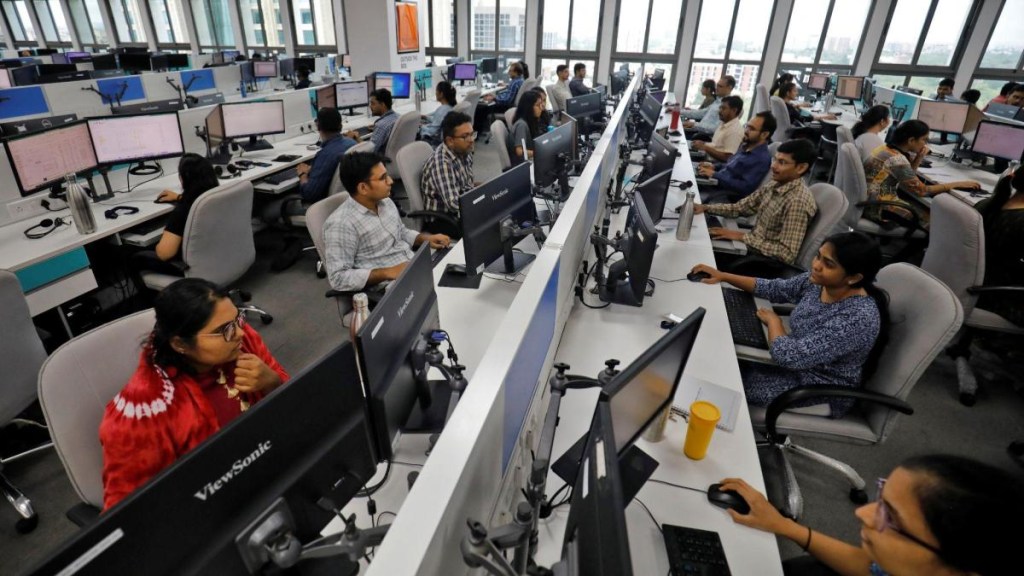India’s services sector witnessed its slowest growth rate in over a year in the month of January with HSBC India Services Business Activity Index, or services PMI for the month at 57.9 from 59.2 in December. This marked the slowest expansion in 14 months. The private sector companies in India started 2025 with a slowdown in growth, even as survey participants, in the previous report, were strongly upbeat regarding the year-ahead outlook for business activity. “With the rise in new business intakes receding, aggregate output increased at the weakest pace since November 2023,” the S&P Global release said, while maintaining that a stronger expansion in the manufacturing industry was more-than-offset by a loss of growth momentum in the service economy. Furthermore, prices charged for goods and services rose at a faster rate than in December as cost pressures intensified. In November, the services PMI was at 58.4, down fractionally from 58.5 in October.
Nevertheless, the headline figure was comfortably above its long-run average of 54.7.
In contrast to the slowdown seen at the composite level, which was driven by the service economy, there was a pick-up in growth at goods producers. The HSBC Flash India Manufacturing PMI increased from 56.4 in December to 58.0 in January, highlighting the best improvement in the health of the sector since July 2024.
Per the release, sales expanded at manufacturing companies and their services counterparts, though the direction of growth differed. The survey report maintained that the factory orders rose at the quickest pace for six months while the increase in services business was the slowest since November 2023. Considering the size of India’s service economy, private sector sales growth therefore eased at the start of the year.
Pranjul Bhandari, Chief India Economist at HSBC, said, “India’s manufacturing sector started the year strong, with output and new orders bouncing back from a relatively weak third fiscal quarter. The rise in new export orders was especially noticeable and the easing of input cost inflation is also good news for manufacturers. The cooling in growth in new domestic business in the services sector, however, highlights a potentially emerging weak spot in the economy. New export business for service providers, on the other hand, looks set to maintain its growing momentum.”
Despite this, exports showed stronger increases for both manufacturers and service providers as compared to December, which underpinned the fastest expansion in aggregate international sales for six months. Monitored companies highlighted gains from across the globe, including the Americas, Asia and Europe. Also, job creation across sectors strengthened and reached unprecedented levels since the survey began in December 2005. Survey members suggested that permanent and temporary workers had been hired on both part- and full-time bases.
Now for the cost pressures, it escalated at the composite level with varied trends at the granular level. In the manufacturing industry, the rate of inflation retreated to a ten-month low. Conversely, the expenses of service providers increased to the greatest degree in just under a year-and-a-half. As for selling prices, rates of inflation were broadly similar at goods producers and service providers.

